Nature reports
Page 13 of 40 - 397 Results
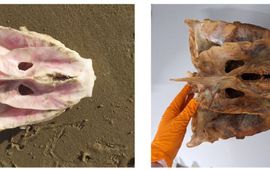
Naturalis' free question service helps young and old to name finds from nature. Each year, we receive about 2,500 questions and this year even more than 3,000. What were the most surprising nature questions of 2023?..
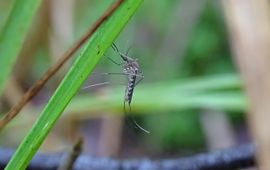
Since the discovery that mosquitoes can transmit diseases, researchers have been interested in their distribution. However, the insect often continues to be a city resident that remains unnoticed. Therefore, researchers have now..

Changing climate may slowly erode the difference between two subspecies of bar-tailed godwits. That warning is voiced by bird researchers from the Royal Netherlands Institute for Sea Research (NIOZ) and the University of Amsterdam..
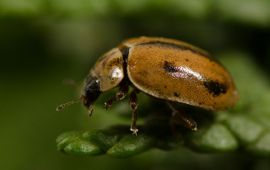
Every Christmas the stories resurface: supposedly about 25,000 creatures are living in your Christmas tree. Exactly how much of this is true and which insects can actually be found? Naturalis' insect expert Aglaia Bouma can tell..

Birds are affected by the mass use of fireworks on New Year's Eve up to a distance of ten kilometres away. This is concluded by researchers of the University of Amsterdam, based on data from weather radar and bird counts. They..
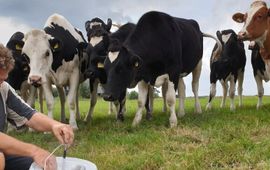
How do we enhance biodiversity on farmland? To do this, farmers need to be motivated to care and promote it. But it also requires people who can monitor the developments through their observations and counts. Citizen science is..
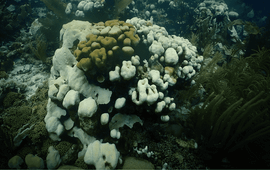
The Caribbean Research & Management of Biodiversity Foundation (Carmabi) has noted that there is another ‘coral bleaching event’ on the coral reefs of Curaçao this year. This phenomenon was noticed about 16 weeks ago and is..
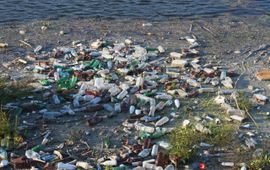
Plastic pollution is a global problem and Dutch rivers are no exception. Anyone who has ever walked along their banks will know the sight of bottles, caps and food packaging. But some of that litter may originate from elsewhere...
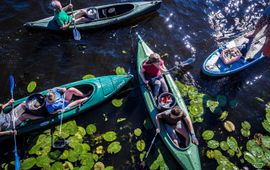
The Leiden initiative De Grachtwacht, which has been cleaning the canals since 2018, received the NWO Communication Initiative Award yesterday. Founders Auke-Florian Hiemstra and Liselotte Rambonnet, affiliated with Naturalis and..
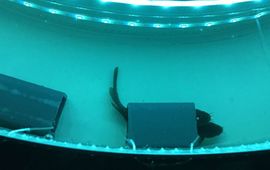
For cold-blooded species, temperature determines their activity and metabolism: if it is warm enough, they become active and if it gets too cold, they remain still. But apart from temperature, fish respond to more environmental..
